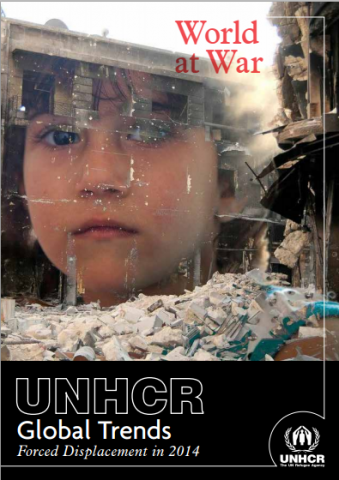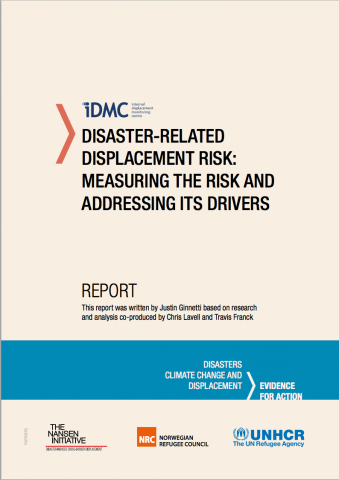Disaster-related displacement risk: measuring the risk and addressing its drivers


This study reflects an awareness of the need to see disasters as primarily social, rather than natural, phenomena. This view acknowledges the fact that humans can act and take decisions to reduce the likelihood of a disaster occurring or, at the very least, to reduce their impacts and the levels of loss and damage associated with them. Disasters are thus no longer being perceived as ‘natural’ or ‘acts of God’ but instead as something over which humans exert influence and can therefore prevent.
This reconceptualisation of disasters signifies a shift from a retrospective, post-disaster approach to an anticipatory way of thinking about and confronting disasters. This conceptual development was reflected in a public policy objective: disaster risk reduction (DRR). Strengthening DRR became a global priority in the 1990s, the United Nations’ International Decade of Natural Disaster Reduction. Following the 2004 Indian Ocean Tsunami, UN Member States adopted the 2005 Hyogo Framework for Action (HFA), a ten-year plan endorsed by the UN General Assembly which aims to reduce the risk of disasters globally. The objectives codified in the HFA will be renewed at a global conference in March 2015 in Sendai, Japan, at which Member States will reaffirm their commitment to DRR. One important outcome of the HFA process is awareness that without the ability to measure disaster risk it is not possible to know if it has been reduced.
Internal Displacement Monitoring Centre (IDMC), 2015
Disaster-related displacement risk: measuring the risk and addressing its drivers
http://www.internal-displacement.org/assets/publications/2015/NRC-Displacement-Risk-Analysis-EFA-FINAL.pdf
